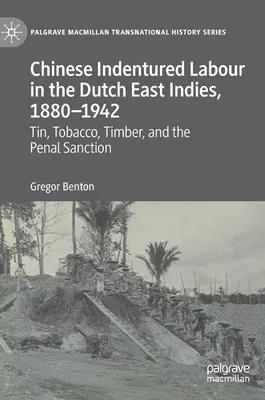Gregor Benton
(Author)Chinese Indentured Labour in the Dutch East Indies, 1880-1942: Tin, Tobacco, Timber, and the Penal Sanction (2022)Hardcover - 2022, 20 September 2022

Qty
1
Turbo
Ships in 2 - 3 days
In Stock
Free Delivery
Cash on Delivery
15 Days
Free Returns
Secure Checkout

Part of Series
Palgrave MacMillan Transnational History
Print Length
611 pages
Language
English
Publisher
Palgrave MacMillan
Date Published
20 Sep 2022
ISBN-10
3031050231
ISBN-13
9783031050237
Description
Product Details
Author:
Book Edition:
2022
Book Format:
Hardcover
Country of Origin:
NL
Date Published:
20 September 2022
Dimensions:
21.01 x
14.81 x
3.51 cm
Genre:
Modern
ISBN-10:
3031050231
ISBN-13:
9783031050237
Language:
English
Location:
Cham
Pages:
611
Publisher:
Weight:
902.65 gm